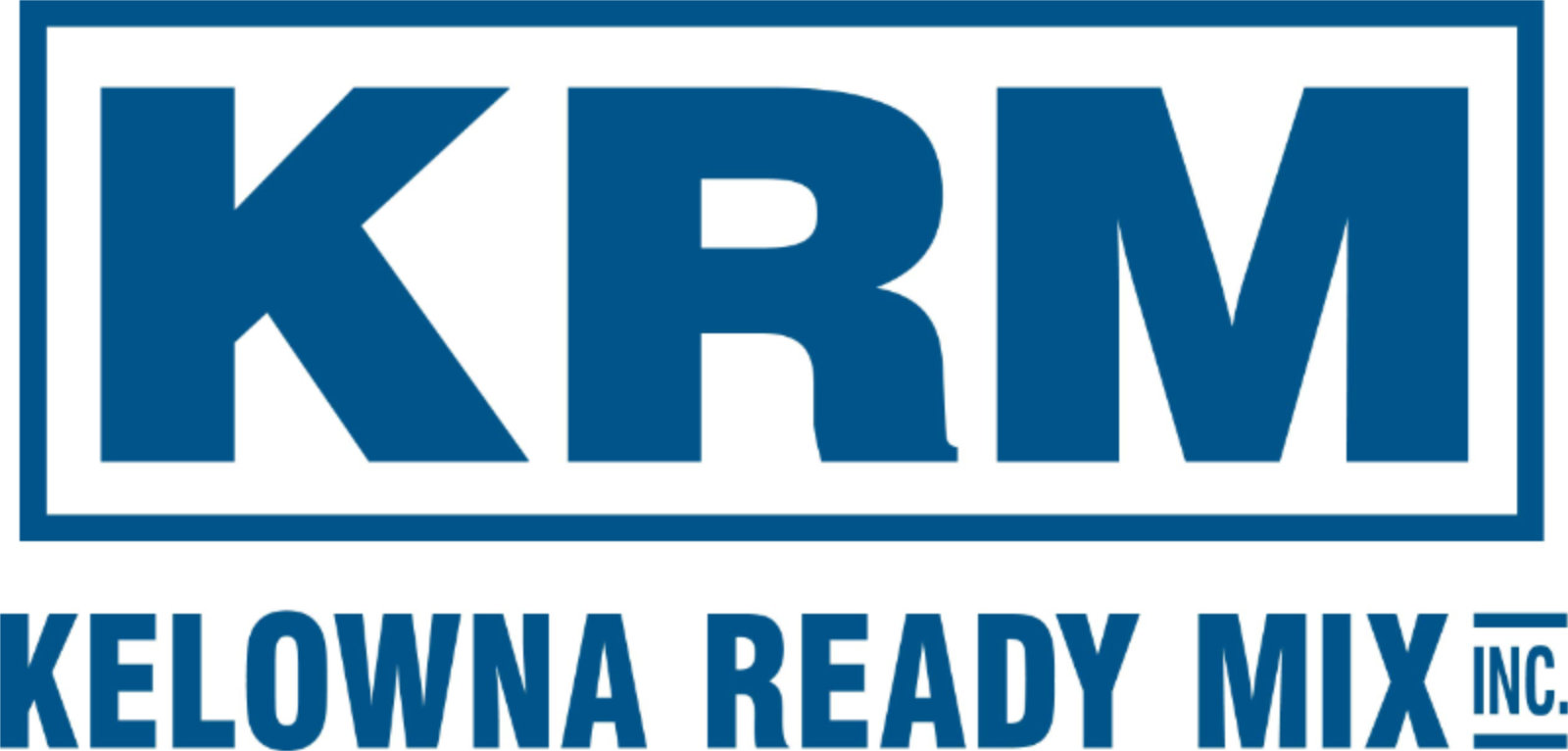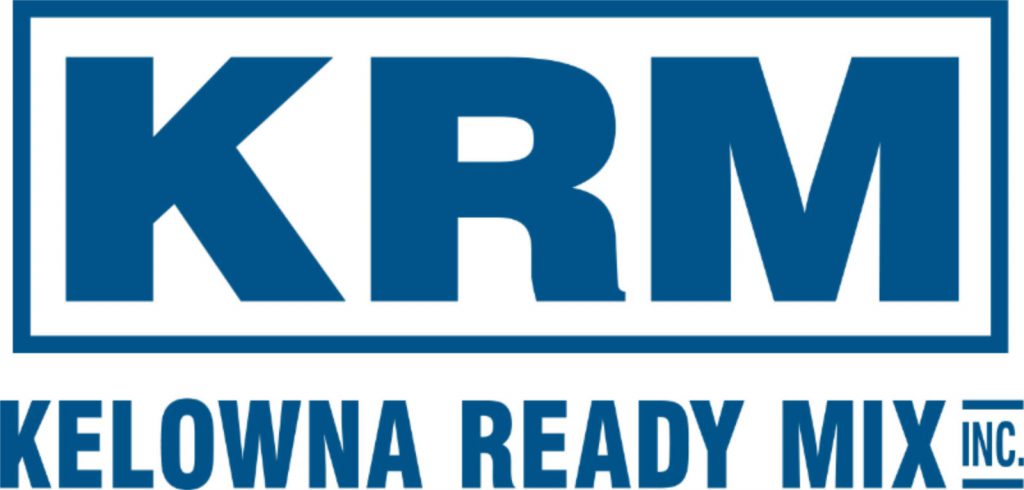Residential
Whether building a patio or building a whole house, KRM has what you need to get started on your residential project.
Supplying Concrete To Residential Projects Since 1976
Whether you’re a residential contractor building multiple homes, or a homeowner beginning a small project, KRM is proud to supply you with quality concrete and knowledgeable staff. Contractors and homeowners alike choose us for their concrete needs as we are a locally based company with extensive knowledge of our region. Our staff have several years of experience delivering, pouring, and working with concrete in the Okanagan, so you can be sure that you are receiving the best, local advice from our team.
There is no job too big, or too small. From foundations to driveways, patios, and sidewalks, KRM is proud to pour into our Okanagan homes and be a part of building the city that we love. Contact us today to see how KRM can help you with your residential project.
Frequently Asked Questions
About Kelowna Ready Mix
KRM has been in operation in Kelowna since the 1940s. Since its purchase in 1976, KRM has been family-owned and operated and has expanded to include 3 plants, 1 portable plant, and 1 gravel pit.
KRM is committed to the environment – we are the first privately owned concrete ready-mix facility in the Okanagan to actively reduce concrete waste by re-purposing returned wet concrete and the use of concrete reclaim systems.
18,779,818 L
of water recycled (in 2021)
2925 M
of aggregate recycled (in 2021)
4833 m3
Total concrete recycled/repurposed in 2021

